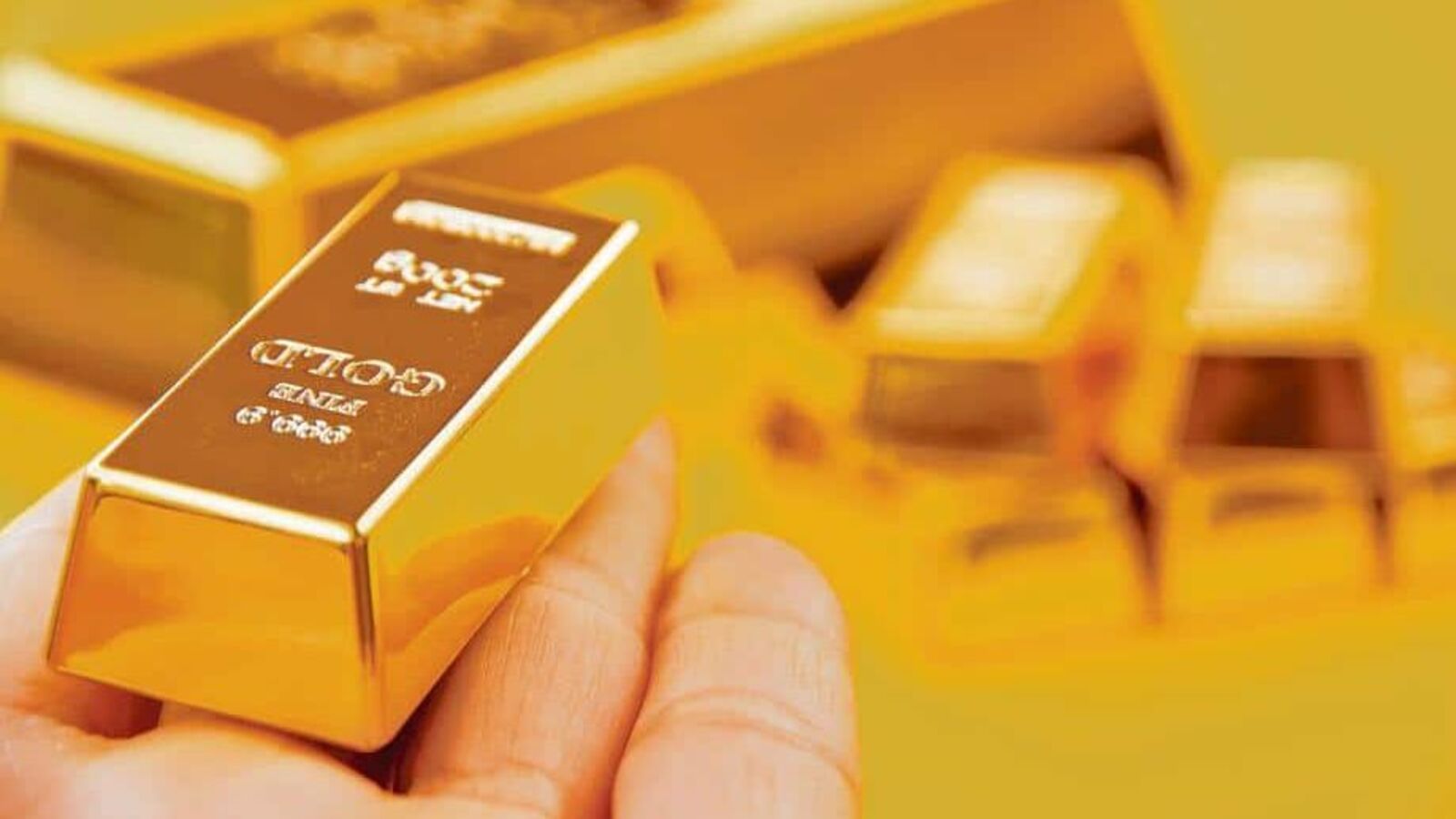The gold industry continues to dominate as the country’s biggest foreign currency earner, contributing significantly to the nation’s export earnings, Mining Zimbabwe can report.
By Rudairo Mapuranga
According to data from the Zimbabwe National Statistics Agency (ZIMSTAT), Zimbabwe’s mining sector remained a key driver of the country’s economy in December 2024, with total exports worth USD 692.4 million. Mining played a crucial role, led by gold, which accounted for 42.2% of total exports for the month.
The dominance of semi-manufactured gold in Zimbabwe’s export portfolio underscores its importance to the country’s economic stability. Gold exports alone contributed USD 292.4 million, reflecting the strong demand for the precious metal in global markets. Tobacco, another important export product for Zimbabwe, came second, accounting for 22.7% of total exports.
While gold was the top export, Zimbabwe’s diverse mining sector also made notable contributions. Nickel mattes, a vital component in battery manufacturing, contributed 8.8% of total exports, while nickel ores and concentrates accounted for 6.7%. The significance of nickel exports highlights Zimbabwe’s growing role in the supply of critical minerals for the global energy transition and electric vehicle production.
Ferro-chromium, which accounted for 3.6% of total exports, further solidified Zimbabwe’s position as a key player in the global stainless steel supply chain. The country is one of the world’s largest producers of chromium and ferrochrome, and these exports are vital for sustaining its industrial base. Chromium ores and concentrates contributed an additional 1.5% to total export value, reinforcing Zimbabwe’s prominence in this sector.
Other notable contributions from the mining sector included platinum, unwrought or in powder form, which made up 1.2% of total exports. Zimbabwe is home to the second-largest platinum group metals (PGMs) deposits globally and continues to be a leading supplier of these metals, which are essential for catalytic converters, jewelry, and the emerging green hydrogen industry.
Zimbabwe’s coal sector also contributed, with coke and semi-coke of coal representing 1.7% of total exports, highlighting the country’s potential as a key energy supplier in the region. Additionally, various other mineral substances accounted for 2.8%, reflecting the country’s mineral diversity and its potential for further value-added mineral processing.
The total export value of USD 692.4 million in December 2024 represented a decrease of 23.5% from USD 905.2 million in November 2024, highlighting the impact of global commodity price volatility. However, the sustained contribution from the mining sector remains a cornerstone of Zimbabwe’s economy, as the country seeks to leverage its vast mineral resources for long-term growth.
As Zimbabwe continues to develop its mining industry, the focus remains on diversifying into emerging minerals such as lithium, which is expected to play a significant role in the global energy transition. Zimbabwe’s abundant lithium reserves, alongside its established mining sectors in gold, nickel, platinum, and chromium, position the nation as a key supplier of critical minerals to global markets.
ZIMSTAT’s data for December 2024 reaffirms the crucial role of mining in driving Zimbabwe’s export growth and generating foreign currency. The country’s continued emphasis on its mineral wealth will be essential for securing economic stability and capitalizing on the global demand for minerals.
.png)




